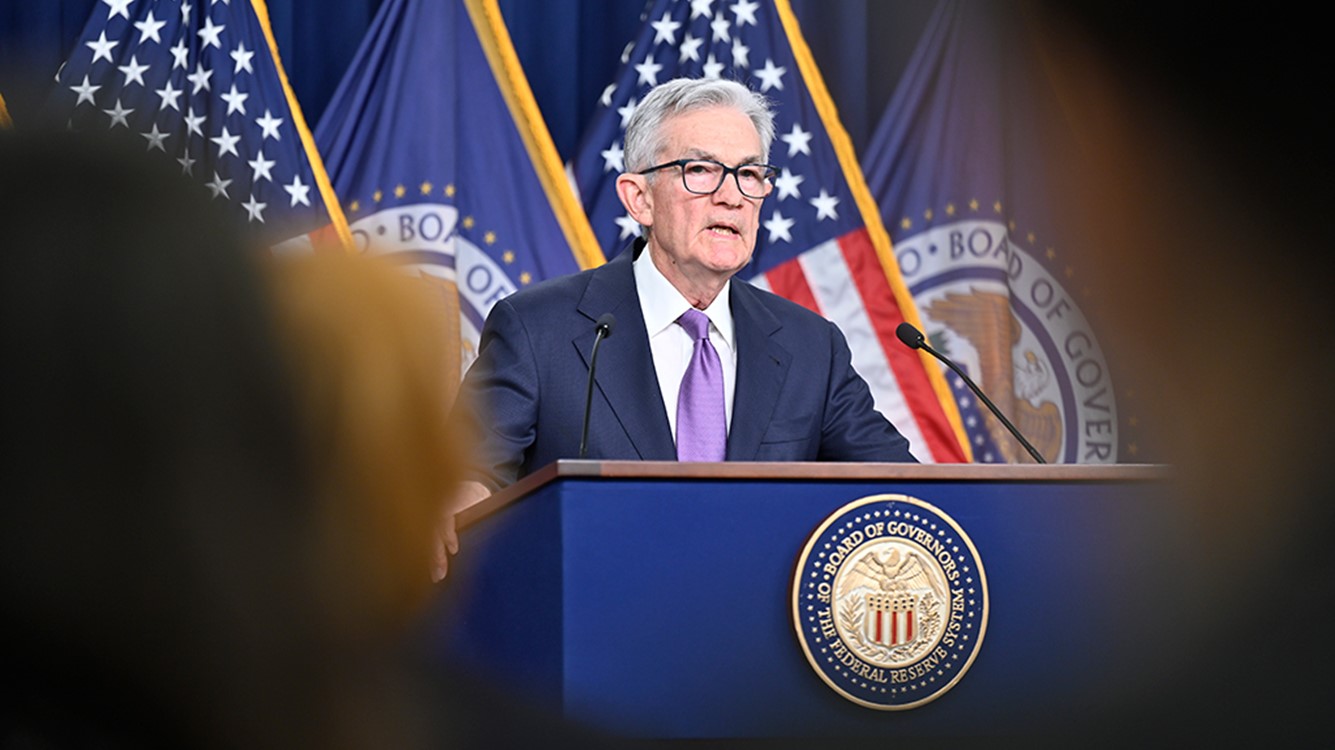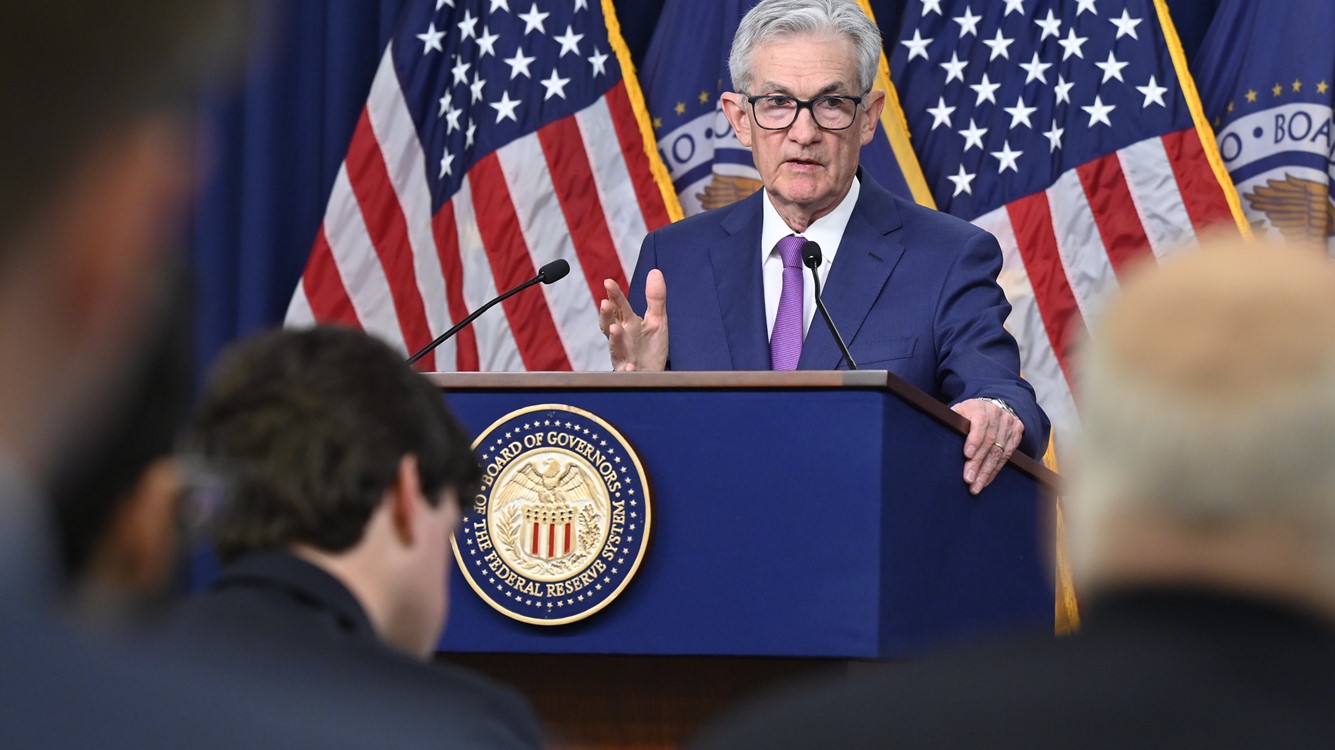A pregnant pause
No rate cuts are imminent, barring an “unexpected weakening” in the labor market.

May 1, 2024
The Federal Open Market Committee (FOMC) – the policy setting arm of the Federal Reserve - voted unanimously to hold short-term rates in the current 5.25% - 5.5% range. The statement following the meeting and Chairman Jay Powell struck a more hawkish tenor than in March. The statement regarding improvements in inflation was modified to “there has been a lack of further progress toward the Committee’s two percent inflation objective.”
Powell was more solemn in his demeanor and careful in his remarks than in March. He took a long pause – three seconds, an eternity on live TV - before answering whether the recent acceleration in inflation was just a bump in the road or more worrisome. He dodged answering it directly but acknowledged it was a “signal” that it will take longer for the Fed to achieve its goal of 2% inflation.
That was a nod to the fact that the Fed now believes that it will have to hold rates higher for longer. What we did not see in the statement was a shift in the language regarding the direction of rates going forward. Powell said, “Further progress on inflation is not assured,” but did not expect the next move in rates to be up.
I would be surprised if discussion of the potential need for additional rate hikes did not come up by at least two participants in the May meeting. Two Fed presidents had already staked out their positions that we may not see any cuts in 2024 prior to the recent spree of bad inflation data; one board member and another regional president would not rule out a rate hike if the data warranted, although it was not their “base case.”
The Fed feels it has time on its side. Rate hikes take anywhere from 12 to 24 months to work their way through the economy; the last hike was in July 2023. The challenge was the easing of financial conditions when financial market participants decided to front-run the Fed on cuts at the end of 2023 and in early 2024. Powell played down those shifts, although the movement we saw in the housing market as that occurred argues otherwise. Home values picked up again this Spring, reflecting the surge in demand unleashed by lower rates late last year.
Another issue, which Powell did not address, is service sector inflation. That is where inflation has proven the stickiest and is more sensitive to wage costs. Powell was careful not to say that the Fed targets wages, as there is little evidence that wage gains have been a driver of inflation thus far. He was more optimistic that wages would cool to a level more consistent with lower inflation given the ongoing drop in job openings and quit rates in March.
Powell was asked about the risk of “stagflation,” noting that he lived through that period. Stagflation was the period we saw after inflation accelerated during Vietnam War in the 1960s and was hit with abrupt OPEC production cuts in 1973. We had rising inflation and rising unemployment. That is not what we are seeing today, even though inflation is still too hot and burning too many, notably low-wage workers. For now though, Powell said he “didn’t see the stag or the flation.”
Separately, the Fed announced plans to slow the pace at which its Treasury bond holdings are allowed to mature and roll off its balance sheet from $60 billion to $25 billion per month, a larger reduction than expected. The shift is to enable the Fed to keep its balance sheet shrinking without triggering liquidity problems in the Treasury bond market. That happened in late 2019 when the Fed was reducing its balance sheet.
Liquidity in the Treasury bond market has never returned to the levels we saw pre-pandemic, as investors replaced foreign central banks as the primary buyers of our debt. The move is purely a technicality and not intended to pull back on the Fed’s efforts to dampen growth via higher rates.
The Fed kept the cap on reductions in mortgage-backed securities in place. A lack of churn in the housing market has slowed the pace at which mortgage-backed securities are maturing or being refinanced and replaced with new mortgages. The Fed would like to rid itself entirely of its mortgage-backed securities holdings over time. The Fed had to step up purchases of mortgage-backed securities during the height of the subprime mortgage crisis in 2009 and again as financial markets seized in March 2020.
Powell failed to clarify why the Fed decided to taper Treasury bond purchases. He had been clear in previous meetings that the move was distinct from decisions on the trajectory for rates and more due to liquidity issues than a shift in policy. Look for participants at the meeting to clarify that point post-meeting, given the drop in long-term bond yields that occurred following the announcement.
We are now expecting only one cut in rates in 2024, in December.
Diane Swonk, KPMG Chief Economist
Bottom Line
The Fed is firmly on the sidelines and in a wait-and-see mode. No rate cuts are imminent, barring an “unexpected weakening” in the labor market. The forecast by Fed participants in March showed an increase in the unemployment rate to 4% by year-end 2024 and 4.1% by year-end 2025; that is essentially what the Fed considers full employment. The threshold to cut rates is still lower than the threshold to hike. We are now expecting only one cut in rates in 2024, in December.
Explore more

Powell stays the course
The Fed no longer believes that a recession is necessary to get inflation down.

KPMG Economics
A source for unbiased economic intelligence to help improve strategic decision-making.

A supply drought
Housing, inflation & the Fed
Subscribe to insights from KPMG Economics
KPMG Economics distributes a wide selection of insight and analysis to help businesses make informed decisions.
Meet our team

